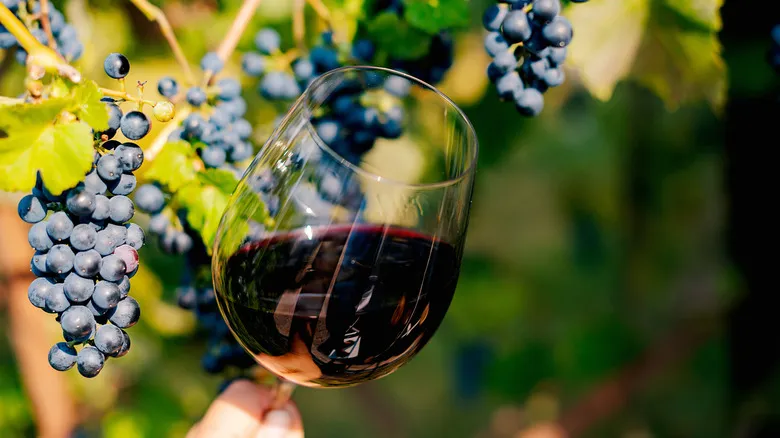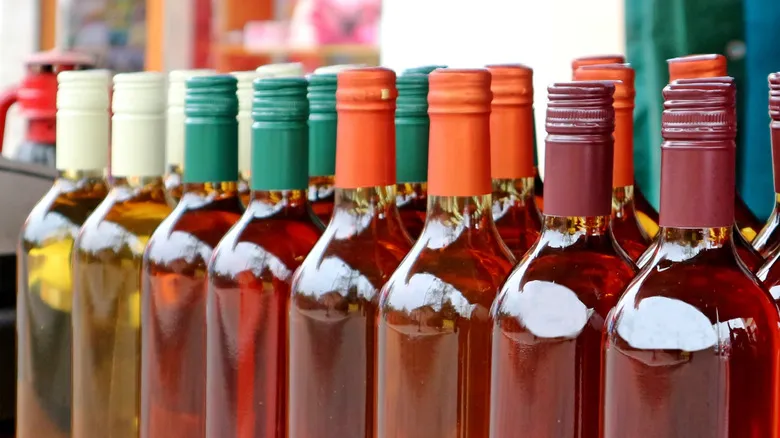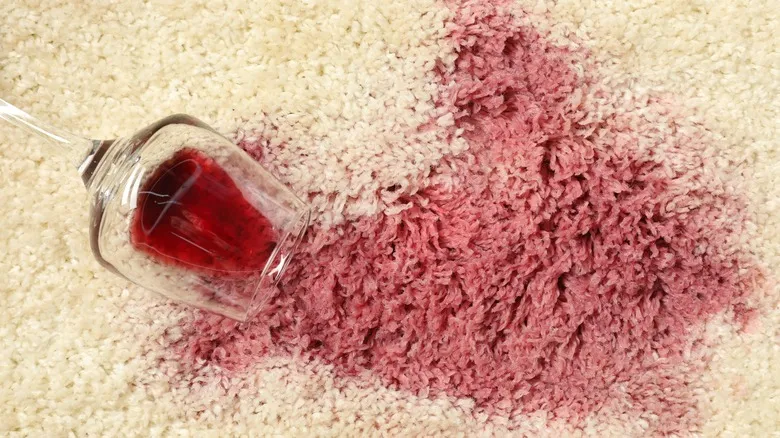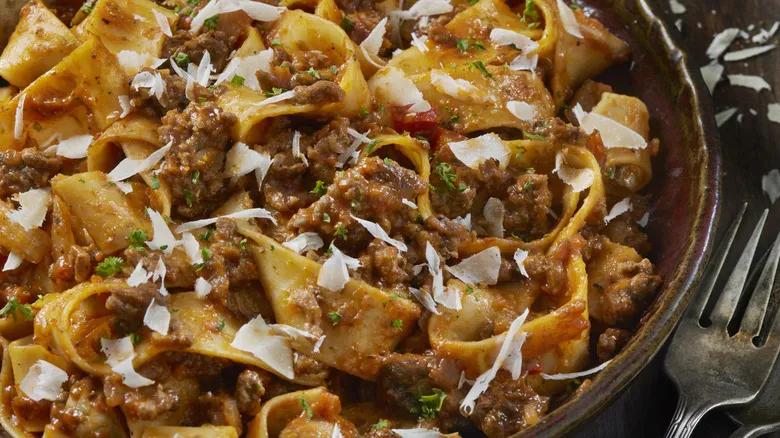Defining wine tannins

Wine derives its tannins from two primary natural sources: grapes and oak. The majority of tannins in grapes, known as condensed tannins, are found in the skin, pulp, and stems rather than in the juice itself. The longer the grape juice remains in contact with the skins and other components during fermentation, the more tannins are extracted into the liquid. The rich color of red wine is a result of extended skin contact, whereas the juice for white wines is typically separated from the skins before or during fermentation. Consequently, red wines tend to have a higher tannin content, which varies among different grape varieties.
Oak also contributes tannins, referred to as hydrolyzed tannins. When wine is aged in barrels, the wood expands and contracts with temperature fluctuations, releasing tannins, esters, and polymers into the wine, which affects its final character. Different oak species from various regions—such as France, Spain, Hungary, and the United States—impart unique flavors to the wine as it matures. Additionally, barrels that have been used multiple times will contribute fewer tannins and phenolic compounds to the wine.
To enhance the aging process, tannin powder, a natural additive derived from grapes, and oak chips are sometimes introduced during barrel aging. These additions accelerate the infusion of tannins into the wine, often as a cost-effective and time-saving measure, resulting in a full-bodied and well-structured final product. While some may view this practice as a shortcut, it is widely accepted in the winemaking industry.
How they're used in winemaking

The skill of a winemaker or cellar master in adjusting and controlling tannin levels in wine approaches the complexity of quantum mechanics. The duration of contact between the wine and grape skins, as well as the quantity of skin involved, plays a crucial role. Additionally, the choice to ferment whole grape clusters or to remove solid particles is significant. Grapes with thicker skins, such as cabernet sauvignon or malbec, naturally contain more tannins compared to thinner-skinned varieties like pinot noir or Gamay (Beaujolais). Tannins in thin-skinned red wines can be further adjusted and softened through a technique known as carbonic maceration. Growing conditions also influence tannin levels; cooler climates can yield "greener" tannins, characterized by lower sugar content and increased astringency, compared to the same grape variety cultivated in warmer regions.
When it comes to aging, the selection of barrels — whether a combination of French and American, new and used oak, or oak and non-reactive steel — impacts the degree to which the wood affects the final wine blend. As wine matures (in either barrels or bottles), tannins begin to bond, forming longer chemical chains. This process helps to "soften" the astringent tannins and results in a more rounded wine. You will notice a more cohesive structure (the wine's character) and a smooth mouthfeel. Given that red wines are typically high in tannins, they generally benefit most from barrel aging, allowing them to continue evolving and maturing (although some chardonnays and other white wines can also gain from a brief aging process). Tannins serve as a natural preservative, making them ideal for the long-term storage of your favorite wines.
How to interpret tannins in your drink

Examine enough wine labels, and you'll encounter tannins described with terms like light, powdery, velvety, integrated, silky, oaky, green, and a variety of other elaborate adjectives. Generally, these descriptions illustrate how tannins influence your overall experience with the wine, alongside its alcohol content, acidity, aromas, and flavors. A white or light red wine with gentle tannins will feel fruity and refreshing, while a red wine with young or unrefined tannins may come across as overly harsh, with excessive "pucker," requiring additional time in the bottle before it can be enjoyed. A well-balanced tannic red may present as bold, round, or full-bodied.
Many sommeliers claim they can distinguish between grape and oak tannins based on which areas of the mouth experience dryness. A tingling sensation in the lips and gums suggests grape-derived tannins, while oak tannins tend to affect the tongue and soft palate, sometimes leading to a drier finish. As a wine ages significantly (for instance, 20 years or more), tannins and other components from the oak can precipitate out, resulting in sediment in the bottle—an ideal scenario for using a wine decanter.
Grasping the role of tannins goes beyond just the makeup of a specific bottle. They also interact with proteins, which is why robust red wines pair so well with fatty steaks—the tannins effectively cleanse your palate and elevate your dining experience. Understanding tannins can also help you avoid common pitfalls when pairing wine with salmon and guide you on the best practices for long-term storage of red wines.
Recommended

Mead Vs Wine: Are They The Same Thing?

For Red Wine Stains, Club Soda Is Your Friend

It Couldn't Be Easier To Pair Pasta And Wine With Pomodoro Sauce

The Pasta And Wine That Pair Perfectly With Bolognese Sauce
Next up

